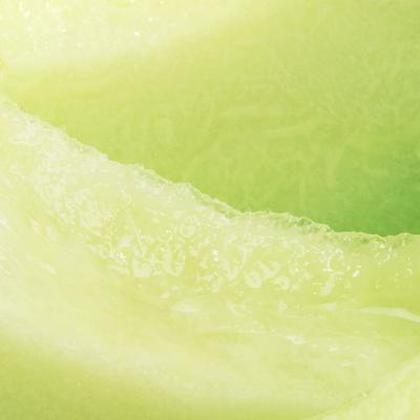Showing results for 'Melon'
close
Melon

Melons are plants that belong to the Cucurbitaceae family. The most common melons used in cooking are watermelon, honeydew, and cantaloupe. They can also be used in fruit salads.
Melon Pairs With:
Food Item
Flavor Affinity Level

Did you know there are 116 food flavor pairings in my database for Melon available. What you are seeing above is a random list of 30 items which pair with Melon.
For the entire list, beautifully formatted, enter your email address and click the download button below, then I'll email it to you as a PDF.
Melon Properties:
| Food Property | Type | Description |
|---|---|---|
| Flavor Profile | Sweet | Melons are known for their natural sweetness, making them a popular choice for desserts and salads. |
| Sour | Melons generally do not have a sour flavor profile. | |
| Salty | Melons do not contain a salty flavor profile. | |
| Bitter | Melons do not have a bitter flavor profile. | |
| Umami | Melons do not have an umami flavor profile. | |
| Astringency | Melons do not have an astringent flavor profile. | |
| Spiciness | Melons do not have a spicy flavor profile. | |
| Texture | Creaminess | Melons do not have a creamy texture. |
| Firmness | Melons are firm in texture. | |
| Tenderness | Melons are tender when ripe. | |
| Moisture | Melons are high in moisture content. | |
| Dryness | Melons are not dry in texture. | |
| Graininess | Melons are not grainy in texture. | |
| Elasticity | Melons do not have an elastic texture. | |
| Nutritional Value | Macronutrients | Melons are low in macronutrients such as protein and fat. |
| Micronutrients | Melons are a good source of micronutrients such as vitamin C and vitamin A. | |
| Fiber | Melons are a good source of dietary fiber. | |
| Phytochemicals | Melons contain phytochemicals that have antioxidant properties. | |
| Color | Natural Pigments | Melons have natural pigments that give them their vibrant colors. |
| Aroma | Volatile Compounds | Melons have aromatic compounds that contribute to their unique smell. |
| Chemical Composition | Acidity/Alkalinity (pH) | Melons are slightly acidic in nature. |
| Cooking Behavior | Heat Conductivity | Melons do not require cooking and have low heat conductivity. |
| Water Retention | Melons have high water retention properties. | |
| Oil Absorption | Melons do not absorb oil during cooking. |
Food Pairing App - Version 1.2.0
